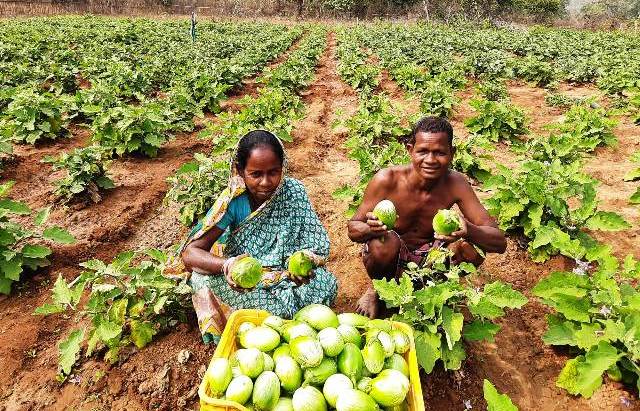Mission
Incubating innovations for pro-poor sustainable livelihoods
In pursuit of its vision to augment access of poor to sustainable livelihoods, IGS sees itself as a laboratory for incubating innovations that address the most pressing and resilient of livelihood challenges faced by the poor. Various elements in IGS's Mission Statements are:
Incubation: Generating new ideas (product, process or business model) or adapting existing ones; mobilizing appropriate financial, human and technical resources for sustaining these ideas to prove their viability, replicability, scalability and sustainability; and hiving off proven models into separate entities.

Innovations: Creating and/or improvising models and approaches which are novel and address contemporary livelihood challenges.
Pro-poor: Livelihood promotion initiatives which by design (rather than default) have the potential to impact livelihoods for a large number of poor households, and which can be managed and owned by the poor. Poverty is a multi-dimensional concept, and deprivations in one or more capitals (financial, human, natural, physical, social) adversely affect the general well-being of a household or community in the longer term. While livelihood promotion approaches and interventions can be designed explicitly for enhancing well-being of the poor in a community, any unintended and negative consequences of interventions rolled out elsewhere, on the poor, also need to be recognized and mitigated.
Sustainable: Can serve the purpose (with minimum changes in the basic form, and with the estimated resources) for the length of time required to address a livelihood challenge at scale. Building community resilience to shocks and stresses is key to sustain the impacts and outcomes of livelihood promotion interventions; hence, incorporating resilience as a cross-cutting approach and end-goal is key.
Livelihoods: A livelihood comprises the potential, resources and actions required to ensure the means of dignified living. A livelihood is sustainable when it can handle and recover from environmental shocks and stresses and uphold or augment its assets and capabilities, both now and in the future, without irreparably damaging the capital base on which it is built.